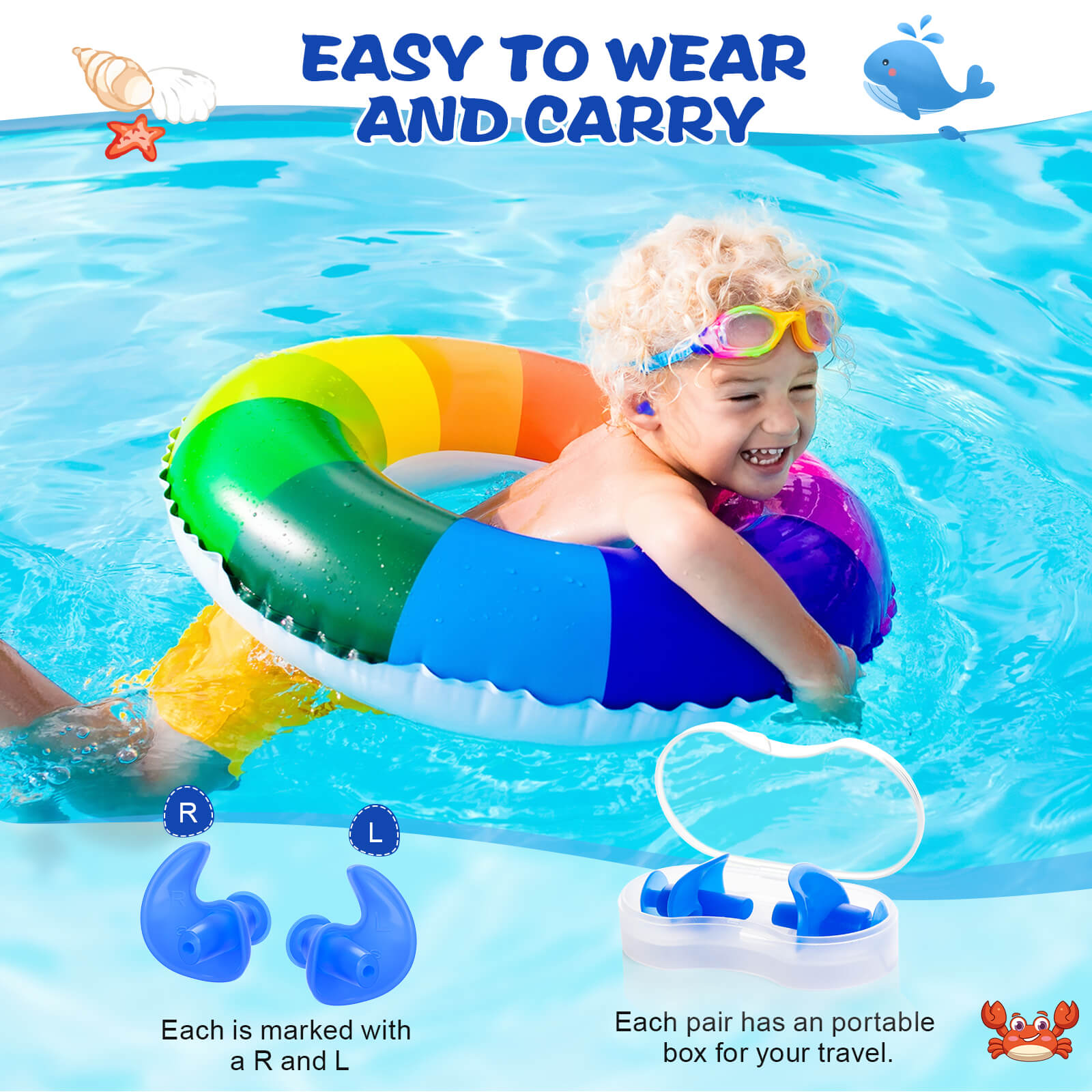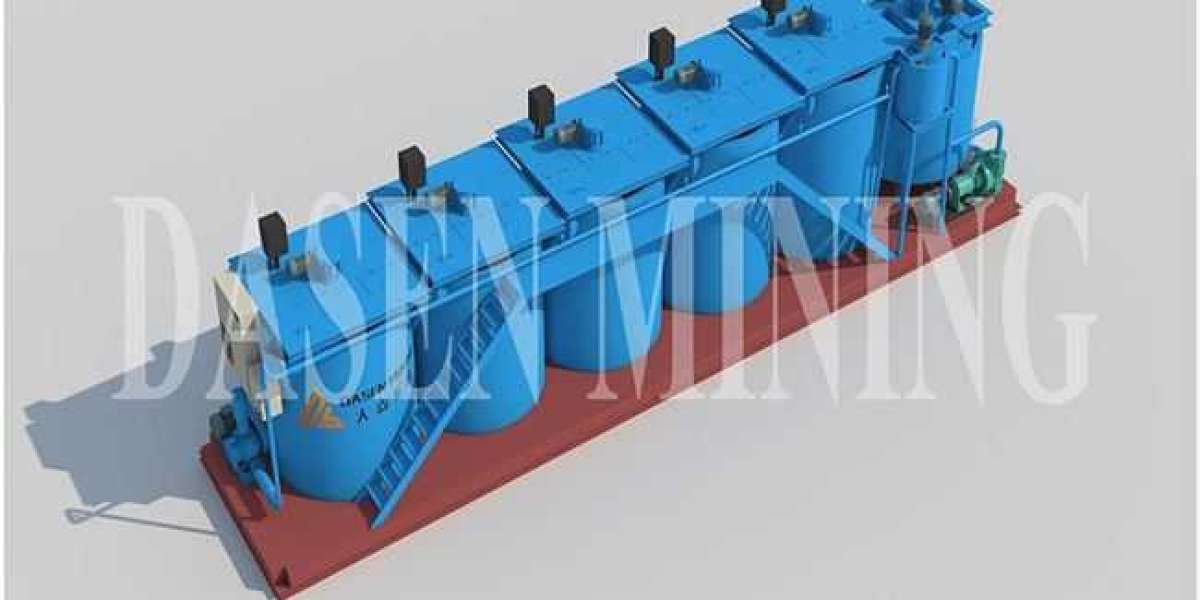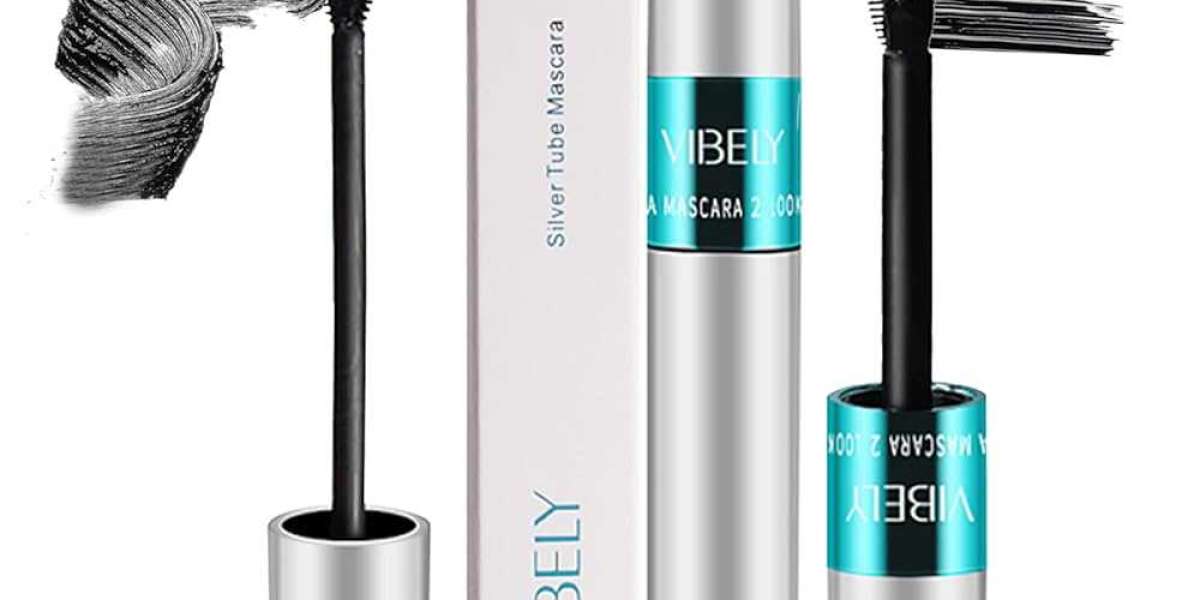When it comes to protecting your child's hearing, it's important to take proactive measures. One effective way to do this is by using kid-friendly ear plugs. These specially designed ear plugs are specifically made to fit comfortably in children's ears while providing the necessary protection against loud noises. In this article, we will explore the benefits of using kid-friendly ear plugs and how they can help safeguard your child's hearing.

The Importance of Protecting Your Child's Hearing
Children's ears are more sensitive to loud noises compared to adults. Prolonged exposure to loud sounds can lead to hearing loss and other auditory problems. Whether it's attending concerts, sporting events, or even using loud electronic devices, children are constantly exposed to potential risks. That's why it's crucial to prioritize their hearing health from an early age.
How Kid-Friendly Ear Plugs Work
Kid-friendly ear plugs are designed to reduce the intensity of loud sounds without completely blocking them out. They work by attenuating the sound waves that enter the ear canal, making them safer for children. These ear plugs are made from soft, hypoallergenic materials that are comfortable to wear for extended periods. They come in various sizes and shapes to ensure a proper fit for different age groups.
The Benefits of Kid-Friendly Ear Plugs
There are several advantages to using kid-friendly ear plugs. Firstly, they provide a barrier against loud noises, protecting your child's delicate ears from potential damage. Secondly, they are portable and easy to carry, making them convenient for various activities such as concerts, fireworks displays, or even noisy environments like airports. Thirdly, kid-friendly ear plugs are reusable and can be easily cleaned, making them a cost-effective solution for long-term hearing protection.
Furthermore, these ear plugs are designed with children in mind, featuring fun colors, patterns, and shapes that appeal to kids. This makes it easier to convince children to wear them, as they see them as a fun accessory rather than a burden. By incorporating playfulness into the design, kid-friendly ear plugs can be seen as a cool and trendy item that children will be excited to wear.
Choosing the Right Kid-Friendly Ear Plugs
When selecting kid-friendly ear plugs, it's important to consider the size, material, and noise reduction rating (NRR). The ear plugs should fit securely in your child's ears without causing discomfort. Look for ear plugs made from hypoallergenic materials to avoid any allergic reactions. Additionally, check the NRR, which indicates the level of noise reduction provided by the ear plugs. The higher the NRR, the more effective the ear plugs are at reducing noise.
It's also worth noting that kid-friendly ear plugs are not only suitable for loud events but can also be beneficial in everyday situations. For example, if your child is sensitive to noise or has difficulty concentrating in a noisy classroom, wearing ear plugs can help create a more conducive learning environment.
Overall, kid-friendly ear plugs are an essential tool for protecting your child's hearing. By investing in a pair of high-quality ear plugs, you can ensure that your child's ears are shielded from potential harm. Remember, prevention is always better than cure, and safeguarding your child's hearing is a responsibility that should not be overlooked.
Conclusion
Protecting your child's hearing is of utmost importance, and using kid-friendly ear plugs is a simple yet effective way to achieve this. By understanding the benefits of these ear plugs and choosing the right ones for your child, you can provide them with the necessary protection against loud noises. Remember, "Protect Your Child's Hearing with Kid-Friendly Ear Plugs" is not just a slogan, but a crucial step in ensuring your child's long-term hearing health.








